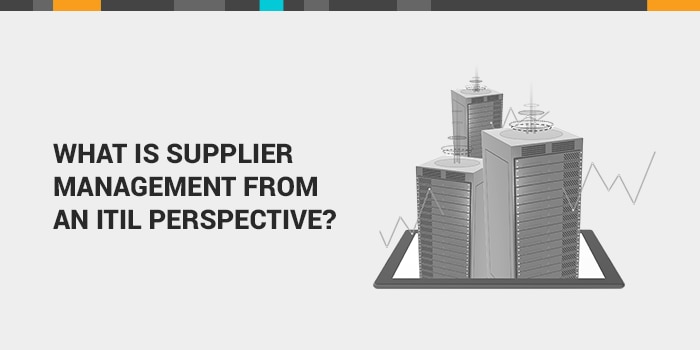Advantages of Managing ITIL Capacity for Risk Reduction and Profit
The advantages of capacity management are plentiful. Simply put, IT capacity management is an ideal arrived at through the construction of a set of processes and monitoring efforts. The overall aim of these efforts is to ensure that the ever-changing nature of a company’s IT infrastructure can handle the constantly evolving nature of the company’s needs for that infrastructure. Furthermore, it is the aim of capacity management to do so in as cost-effective and proactive a manner as possible. Ideally, IT infrastructure capacity is growing just in front of the company’s demand for that capacity. This key component of IT capacity management is intrinsic to its primary aim of cost-effectiveness. But, just as is the case in many other areas of business, this balancing of cost and capacity—anticipating IT capacity needs without overreaching them—can be challenging, to say the least.IT Capacity Management Activities
Generally speaking, IT capacity management involves three key processes: Business Capacity Management, Service Capacity Management, and Resource or Component Capacity Management. To fully realize the advantages of capacity management, it is imperative that your organization put all three of these processes effectively into practice.- Business Capacity Management
- Business Capacity Management is by nature strategically focused. It involves translating the business needs of your entire organization, through business plans into IT serve and architecture requirements.
- Service Capacity Management
- Service Capacity Management is inherently tactical in nature. It involves monitoring IT performance and how IT services are put to use throughout the organization, focusing on prediction and control of live performance as it relates to varying workloads and usage of services, measuring performance against requirements.
- Resource or Component Capacity Management
- Resource Capacity Management, otherwise known as Component Capacity Management, is the operational part of IT Capacity Management. Its area of focus is the management of the various technological components that make up your IT infrastructure.
Advantages of Capacity Management
The primary purpose of the three processes involved in IT Capacity Management is to yield value through reduction of costs associated with either investing in more capacity than is needed, or missed opportunities resulting from lack of needed capacity. It is a challenging balancing act, but one that produces a variety of benefits. These benefits include the potential to defer expenditure, realizing the difference in cost between panicked buying and planned buying, the minimizing of application risks and the risks associated with application sizing, and the reduction or elimination of the resource expenditures needed for emergency capacity expansions.Capacity Management—An Ideal
As has been said, the devil is in the details. It is one thing to simply say: “Balance in Capacity Management is the ideal—Go forth and balance for risk reduction and profit!” It is another to create, implement, manage, and tweak an ironclad capacity management strategy. Achieving balance in capacity management is a worthwhile ideal – a goal to be pursued, but perhaps never fully attained. But, it is an ideal, the pursuit of which produces benefits worth realizing. Building a strategy for Capacity Management and implementing it, measuring it, and managing it is certainly a worthwhile expense of your business’s efforts.








